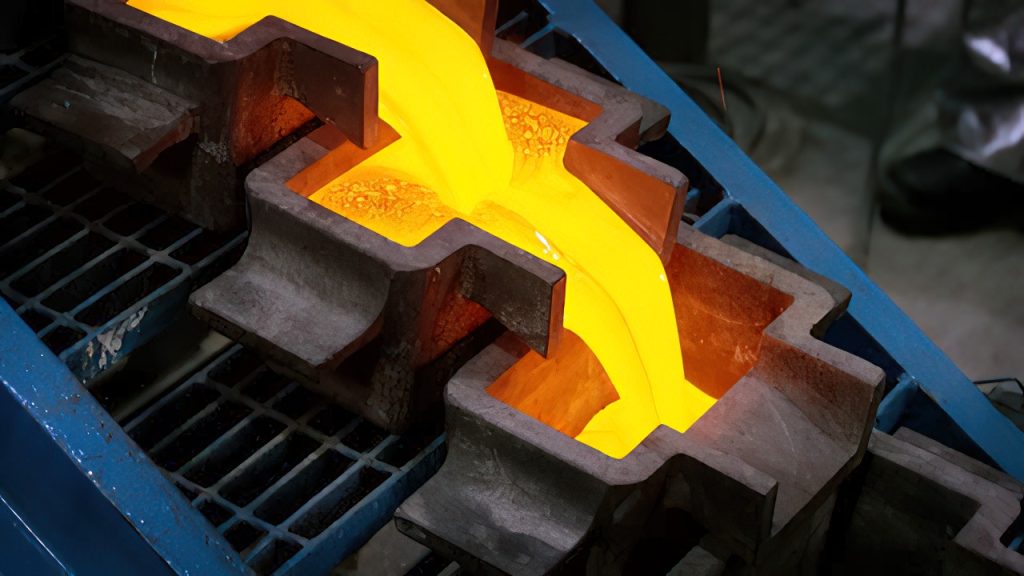Russia to achieve peak gold production by 2030

By Eugene Gerden
Russia is expected to achieve the peak in its gold production by 2030 after which may face decline of gold mining activities, according to a recent report of the Russian Central Scientific Research Geological Prospecting Institute of Non-Ferrous and Precious Metals (TSNIGRI). In accordance with the report, by 2030 the annual gold output in Russia will exceed 700 tonnes.
Since 2022, statistics on gold production in Russia have not been published. In 2021, according to the Russian Union of Gold Miners, production decreased by 0.2% year-on-year and amounted to 330.9 tonnes. The total production of gold, taking into account production from secondary raw materials, amounted to 363.5 tonnes (-0.1%).
TsNIGRI explains the expected decrease in gold production in Russia after 2030 would be due to a limited increase in metal reserves in gold deposits, a limited range of new gold discoveries and the overall decline of gold reserves in Russia.
Until 2022 the main contribution to gold production in Russia was provided primarily by three deposits – Natalkinskoye, Sukhoi Log and Olimpiadinskoye – all of which are operated by leading local gold miner Polyus. In 2023, according to the Russian State Commission for Reserves, the Olimpiadinskoye field recorded an increase in reserves by 449.2 tons.
By 2040, gold production in Russia will drop below 450 tonnes. In the meantime, the Russian government is aware of the expected decline of gold mining in the country, considering ways for its prevention.
As a representative of the Russian Ministry of Natural Resources recently said in an interview with the Russian Vedomosti business paper, in order to replenish and develop Russia’s mineral resource base, particular in regard to gold, the state program “Reproduction and Use of Natural Resources” and the federal project “Geology: Revival of a Legend” have been developed and are currently in force.
Both programs involve intensification and increase the efficiency of geological exploration in Russia, including the support of juniors. The government has also not ruled out the possibility of the increase spending on geological exploration by 15–25 billion rubles a year.
In 2023 the volume of gold production in Russia demonstrated a slight increase compared to 2022 and amounted to about 335–337 tonnes. That was also due to growth of production at alluvial deposits, despite the overall reduction of share of alluvial gold in the structure of gold production in Russia.
According to analysts, the level of gold production in Russia for 2024 will depend on several factors, such as global gold prices, the Central Bank key rate, the ruble exchange rate, the cost of energy resources, etc. At the same time this year a significant pressure on the industry will be put by the ever-growing production costs.
Analysts also said in recent years the cost of gold production in Russia has significantly increased 2022 (by 25–30%), which “brought the industry on par with the world average.” According to the Union of Gold Miners, in 2021 the cost of gold mining in Russia was RUB 2,600–3,200 (US$28-35) per gram, which is a high figure for the Russian gold mining sector and local miners.
For the current year, a number of large-scale investment projects are scheduled for implementation in the Russian gold mining sector. Examples include the “Ikabya-Chitkandinskaya and Chachinsko-Ushumunskaya projects in the Russian Transbaikal region, which involves the development of local gold deposits with overall reserves of more than 300 tonnes. The project is implemented by local “New Copper Company” and Mining Company “Luginsky”, while the volume of investments in its implementation is estimated at RUB 16 billion.
In the case of Transbaikal, the region in the Russian Far East, according to analysts, it can become one of Russia’s leading regions in terms of gold mining due to huge volume of reserves.
In the meantime, leading local gold miners also have plans for the expansion of their capacities this year. One of such companies is Polyus, which last year increased its gold production to about 2.8-2.9 million ounces, which is equivalent to 87-90 tonnes. This year Polyus is accelerating developing of new deposits, as well as expanding operations on existing including the flagship Sukhoi Log project, upon completion of which Polyus can increase gold production by 2.5 times.
